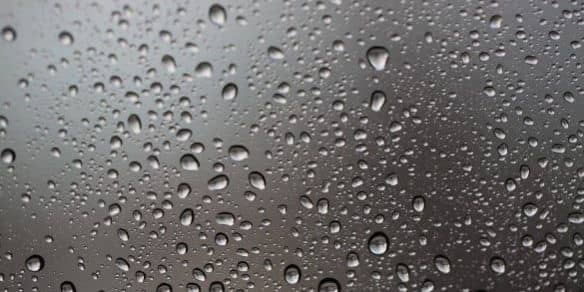Damp and mould caused by condensation occurs when moist air hits a cold surface such as a window, mirror, tile or wall. It is not only an eyesore, it can cause damage to your home and health. The best way to combat damp and mould is to prevent them from occurring in the first place.
Condensation is most common in winter months, but can occur any time of the year. Steam is a prime cause of condensation and can occur when you shower or bathe, cook food, boil a kettle or dry clothes without proper ventilation.
There are various ways to create less moisture in your home, such as covering pots when cooking and drying your washing outside. If you have a tumble dryer and it’s connected to a vent, make sure the vent is placed outside of the home, and if you do have to dry your clothes on an airer, place it in a room such as the bathroom, open the window and close the door.
Open your windows or use an extractor fan to release steam when cooking or bathing and use a cloth to wipe away condensation from corners, windowsills, around shower frames, tiles and grouting. It’s also important to make sure that your home is well ventilated and allow the air to circulate.
Condensation can also appear overnight when the temperature drops and form on windows, so make sure that you wipe away the condensation each morning, otherwise it can lead to damp, which can rot wooden window frames.
But condensation isn't the only cause of damp; leaking pipes, rain leaking through the roof and water overflowing from gutters can lead to damp. When these are the cause you should always seek professional advice.
If your pipes are leaking contact Maintracts.

